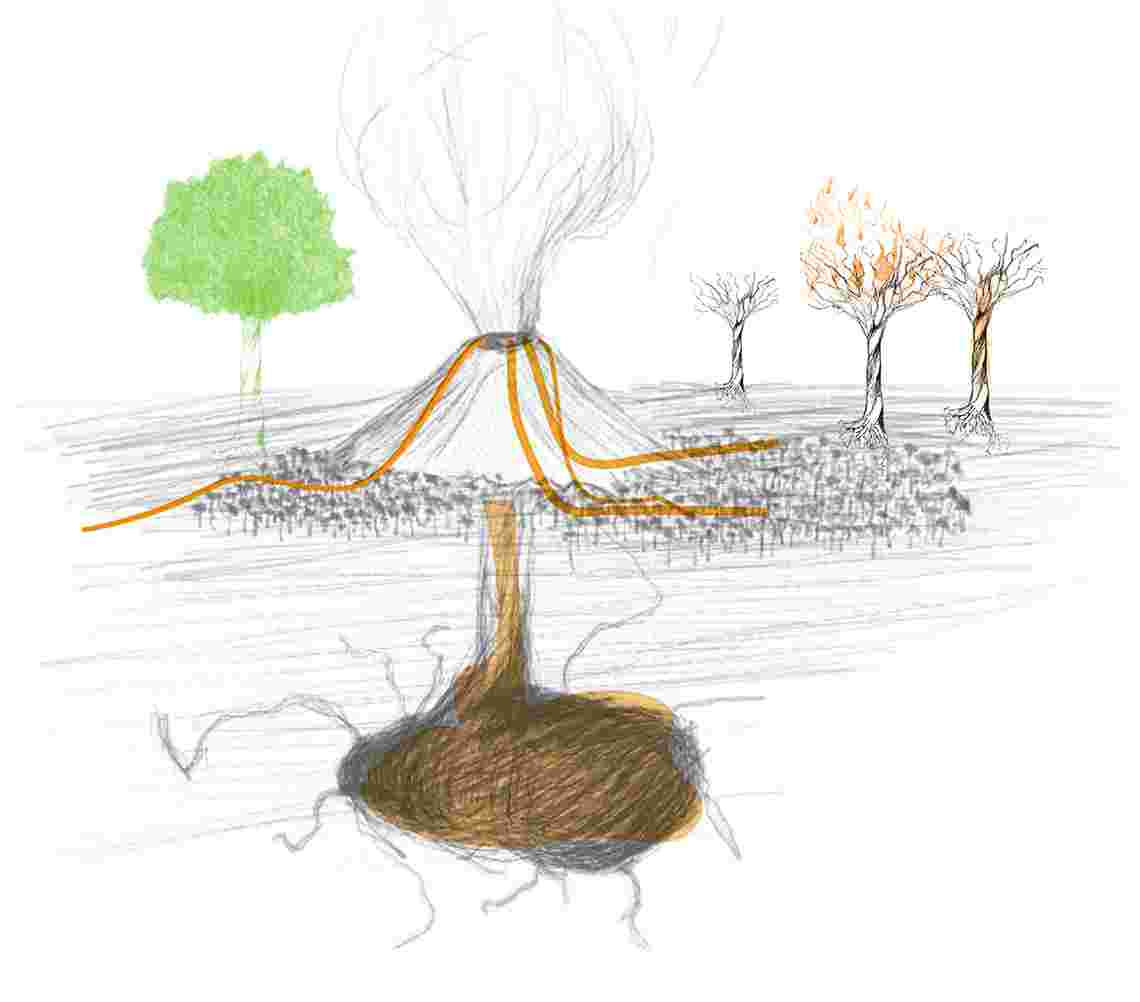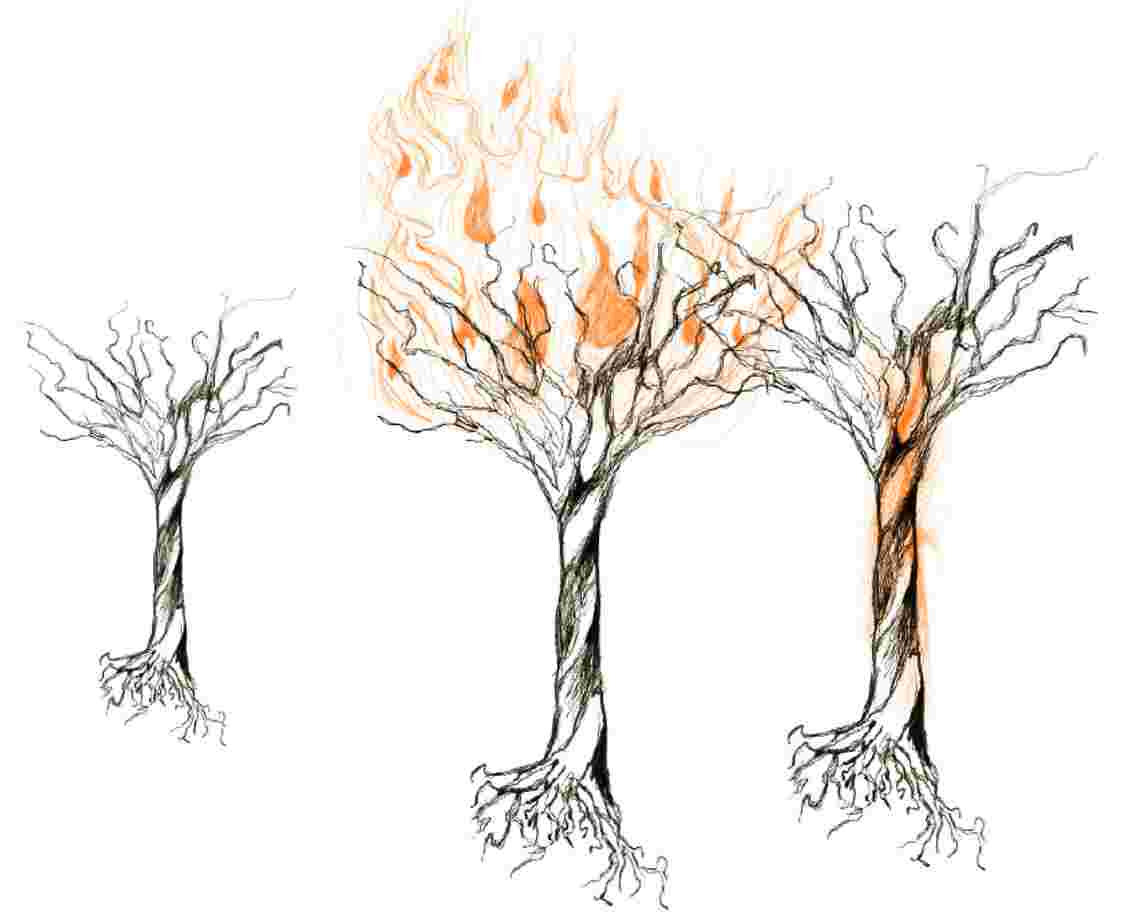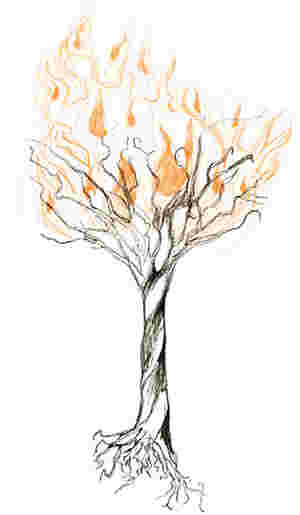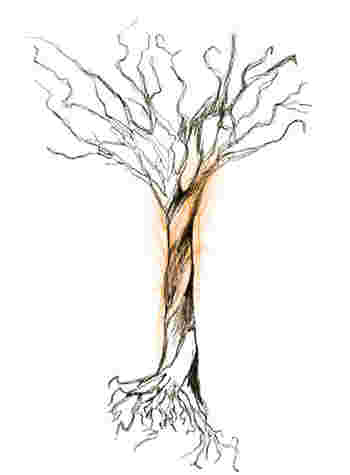
If we consider science as an effort to discover and explain nature, to reveal a world to us that lies under the surface of our common sense perception, a world that evades our eyes, and is at first sight not obvious, then metaphors are needed to express observations that are at the beginning of the scientific endeavor not accessible by words or figures.
Only the metaphor makes the world of the non-verbal accessible to us. The choice of metaphors is tricky, as they reflect the mindset, the frame of reference of the person writing down the results for example of an experiment. The same applies to thought models put on paper.
Misunderstanding, misinterpretation, not understanding are like daily bread in this world. We should be aware of this when reading, discussing, expressing our views or opinions.
In the following I chose the tree as a metaphor to depict inflammatory processes. All of us know trees, love trees, know of their importance for us and the environment. Inflammation for me is as important for us and our lives as the tree. This is why I thought this metaphor is an adequate choice.

For thousands of years, people of all cultures have observed and described the phenomenon of inflammation because they have always sensed its significance. Even if they did not have the scientific and technical equipment we have today, they instead possessed the sharp and attentive eye of the observer – something that has almost become completely lost to us in modern medicine. Oberservation was the the key to the solution of the problem, it can be still today!

Imagine your body as a tree. The metabolic processes that produce and mobilise energy occur in the roots. That energy has to be distributed and this happens via the trunk.
Let us assume for a moment that the trunk represents our stress system – in itself a close-knit fabric of immune system, nervous system and hormones* – which absorbs and distributes the energy. The boughs and branches – inflammation – emerge from that trunk, i.e. from that stress system.
Depending on the individual tree, the tree species, environmental conditions, seasons or the age of the tree, the boughs and branches will change color, bark structure and become covered with moss and bacteria, all of which are signs of the wellbeing of the tree.
This is exactly how inflammation works within our bodies. Whether it causes wellbeing or illness depends, as in the tree, on our individual characteristics and our environment.
*These systems are also known as the supersystems of regulation.

The tree of wellbeing
The Inflammation is soundly regulated and controlled.
The tree is in good health and thrives.

The tree of the acute inflammation
The tree is on fire, the stress system is highly active. The inflammation is an acute process.
When the stress system is working properly, this acute inflammation is self-limiting and ends with healing.

The tree of the chronic inflammation
The inflammation is smoldering, at first unnoticed until it is reflected in the organs and organ systems.
The stress system is overstrained and fails to regulate and control efficiently.
When this is the case a chronic illness kicks in.